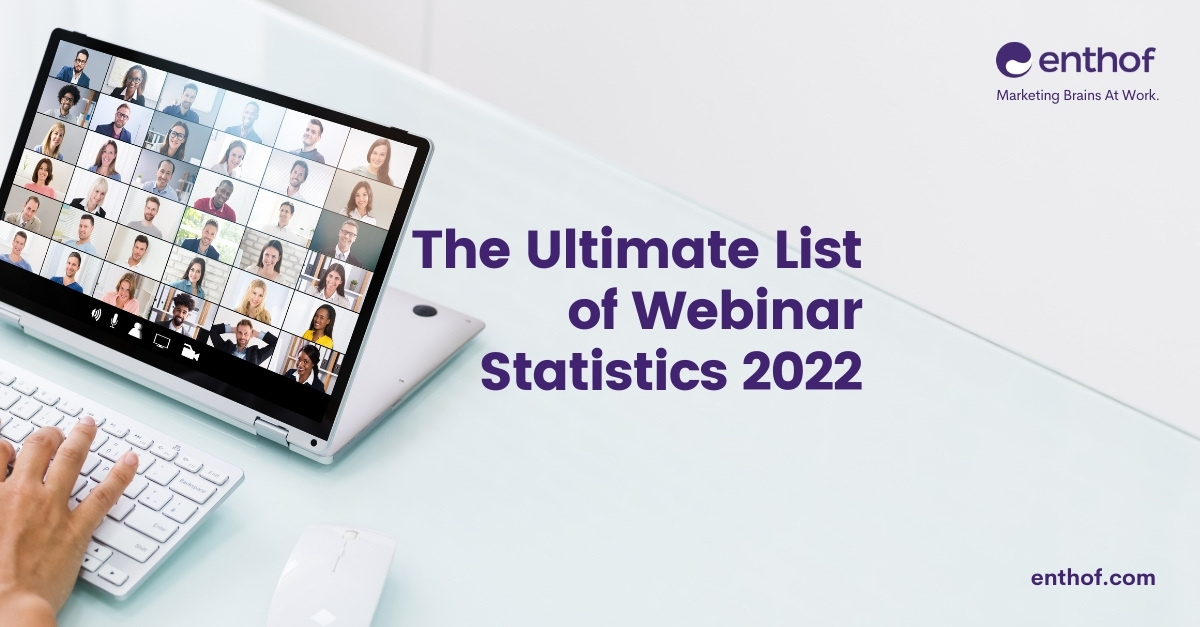Beginner’s Guide to Consumer Behaviour in Marketing
Did you know? Companies who use consumer behaviour data to get important insights about their future consumers have
- an 85 percent higher sales growth rate and
- a 25% higher gross margin than those who don’t

1. What is Consumer Behaviour?
Consumer behaviour studies a customer’s emotional, mental, and behavioural responses. It determines what factors impact the consumers’ purchasing decisions.
Simply put, consumer behaviour refers to people’s decision-making processes and actions when they buy goods and services to meet their wants and needs.
Consumer behaviour, according to the American Marketing Association, is dynamic, involves interactions, and requires transactions.
- Individual consumers, specific consumer groups, and society at large are all dynamic in their thought processes, emotions, and actions.
- Interactions between these thinking processes, emotions, and behaviours, as well as interactions with the environment are all part of that as well.
- It entails passing information from one individual to another. To put it another way, people give up money and other valuable assets in order to receive the items, goods, and services they desire or require.
Understanding the differences between the concepts “customer” and “consumer”
When we say ‘consumer,’ what exactly do we mean?
in addition…
What distinguishes this term from a ‘customer’ in terms of meaning?
Despite the fact that the two names are sometimes used interchangeably, they have significant differences.
- A customer is an individual or organisation who buys an offering from a seller, whether it’s products, goods, or services.
A consumer, on the other hand, is a person who is the end-user of these products, goods, or services. - Although a client makes the purchase, they are not always the consumer because the item was purchased as a gift or for resale.
- A parent who buys lunch for their child is an excellent example. They make the purchase, but their infant is the final end-user of the products.
- It’s also worth noting that in some circumstances, the consumer is also the customer. This is especially true if they are the intended recipient of their purchase. They might, for example, put on the outfit, consume the meal, or read the book.



